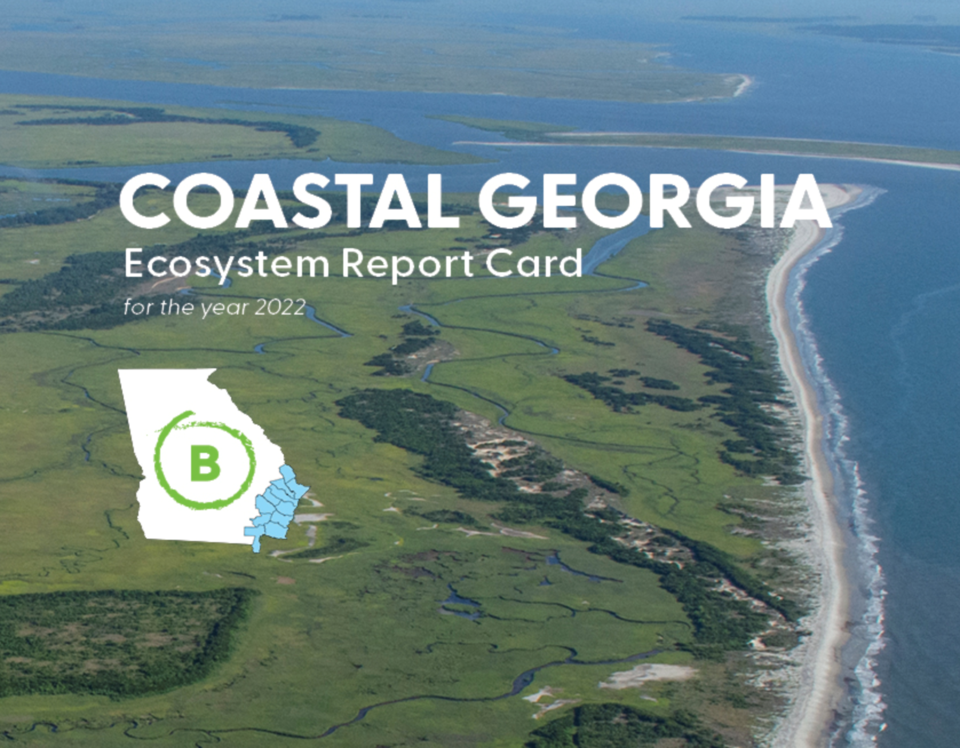Georgia’s coastal ecosystem is in moderately good health according to the Georgia Department of Natural Resources (DNR).
The Georgia DNR released its annual Coastal Georgia Ecosystem Report Card on April 24.
“The annual Coastal Georgia Ecosystem Report Card is an important tool for understanding the state of our coastal environment and the impact of our actions on it,” said Jan Mackinnon, a program manager with DNR’s Coastal Resources Division.
The report card highlights the current health and condition of the region's ecosystems and provides valuable insights into the state's coastal environment.
This year’s report scored a ‘B’, or moderately good health.
“Of note this year, we saw increases in the quality of water, along with sea turtle hatching,” said Mackinnon. “The overall scores for this year of ‘B’ is slightly down from last year’s ‘A-,’ and we can attribute that to a marked drop in the blue crab score within the report’s Fisheries Index and bald eagle-related scores.”
The report card assesses various aspects of the coastal environment, including water quality, habitat condition and the overall health of key species.
The report is based on data collected by DNR biologists and technicians over the past year, and provides a comprehensive overview of the current state of the ecosystem.
The report highlights both positive and negative trends in the region. While there have been some improvements in water quality and habitat condition, there are still areas of note, including the drop in metrics for species.
“This drop in scores is likely due to estuary salinity changes caused by decreased rainfall in locations where DNR biologists sample blue crabs,” Mackinnon continued. “While these sampling locations stay the same, the blue crabs migrate to different parts of the estuary seeking favorable salinity and water conditions. This movement of the blue crab populations can have an impact on the overall report card score.”
Likewise, bald eagles saw a lower score than the last report, likely driven by lower numbers of eaglets fledging. There were also more failed nests than expected and some test results revealed the presence of Highly Pathogenic Avian Influenza Virus in deceased bald eagles.
“We hope that this report will inspire individuals, organizations and governments to take action to conserve and protect our valuable coastal resources,” said Mackinnon.
Members of the public are encouraged to read the report to learn more about the state of the coastal ecosystem and how they can get involved in conservation efforts.
For more information and to read the full report card, click here.




